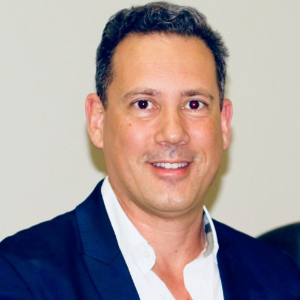Preventative Rehabilitation
The goal of preventive rehabilitation is to reduce risk factors and illnesses. Preventative therapy, often known as "Prehab," has lately gained popularity in the area of orthopaedics, and is most commonly utilised for one of two purposes: pre-operative rehabilitation or injury prevention. Preventative Rehabilitation is a risk management method that aims to lessen the possibility of 'at risk' personnel becoming hurt. Given the worldwide rise in the prevalence of chronic diseases and fatalities from these diseases, preventive healthcare is extremely crucial. Disease prevention can be accomplished in a variety of ways. One of them is educating teenagers about the dangers of smoking. Even if they feel healthy, adults and children should aim to see their doctor for regular check-ups to perform disease screening, identify disease risk factors, discuss tips for a healthy and balanced lifestyle, stay up to date with immunizations and boosters, and maintain a good relationship with a healthcare provider.
- Injury Prevention
- Breathing Exercise
- Flexibility Exercise
- Strength training or Resistance Exercise
- Aerobic Exercise

Jay Spector
American Academy of Podiatric Sports Medicine (AAPSM), United States
Marcia J Scherer
Institute for Matching Person and Technology, United States
Marcos Brioschi
American Academy of Thermology, United States
Blair Gorenberg
Shirley Ryan Abilitylab, United States
Roberta Sartori
IRCCS Materno-Infanitle Burlo Garofolo, Italy
Cho Li Yin
Taichung Veterans General Hospital - VGHTC, Taiwan




Title : Best practice guidelines for the use of pharmacological neuromodulation in disorders of diminished motivation: A comprehensive approach
Vaidya Balasubramaniam, Illawarra and Shoalhaven Local Health District Hospitals, Australia
Title : A forgotten component of knee osteoarthritis
Ron Blehm, EEI Physio LLC, United States
Title : Functional outcomes of DSSA-Based pelvic rehabilitation combined with manual therapy and electrostimulation in men after oncologic surgery: A retrospective case series
Eren Uyar, Fizyomen Physiotherapy & Rehabilitation Center, Turkey
Title : We are living and working in the age of individualization
Marcia J Scherer, Institute for Matching Person and Technology, United States
Title : Efficacy of Inspiratory Muscle Training (IMT) in post-weaning ICU recovery: A clinical randomized controlled trial
Warda Khan, Chongqing Medical University, Pakistan
Title :
Subramanya Adiga, Middlemore Hospital, New Zealand